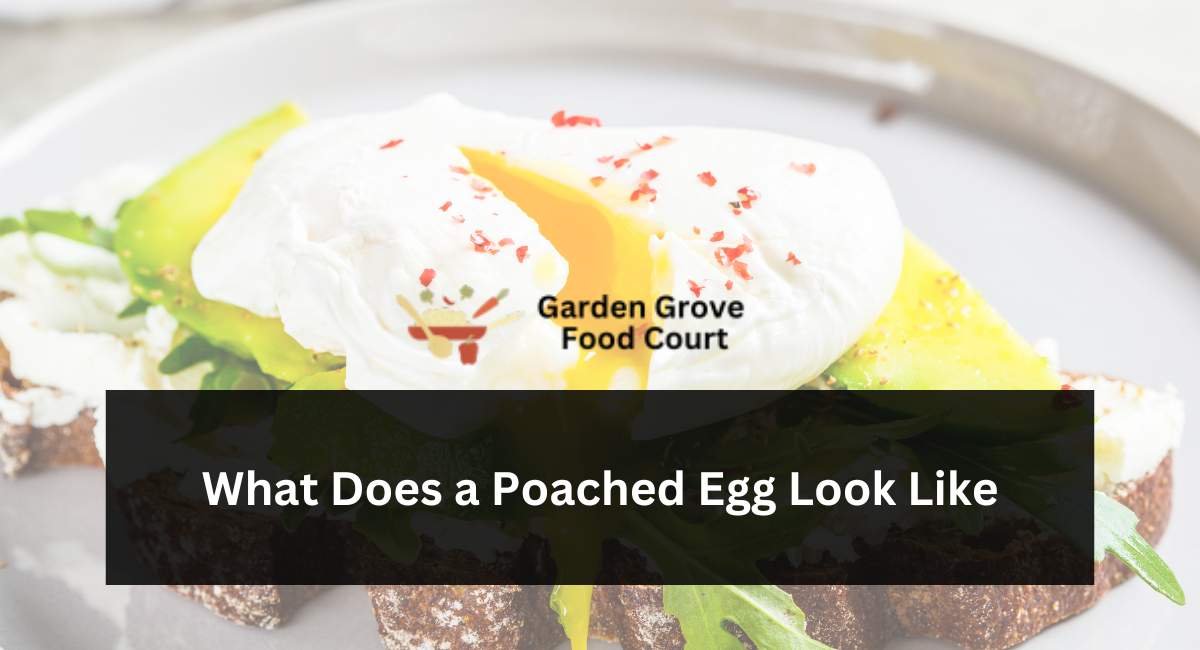One of the key elements to successfully poaching eggs is having water temperature at just the right level; it should be simmering, with just occasional bubbles emerging at its surface.
The addition of vinegar (apple cider, white wine or distilled) can aid egg whites in the setting. Straining your eggs also eliminates long tentacle-like strands that form, encouraging rounder poached eggs.
Runny Yolk
Poached eggs should produce soft and runny yolks that adhere tightly to the white rather than flopping around like an uncooked turd. An undercooked egg would typically show this trait.
Poached eggs can be consumed safely when both the white and yolk have been cooked through without overcooking – this is due to different proteins solidifying at different temperatures – for instance, when white and yolk proteins reach 143 degrees F, they’re ready!
Maintain a low and constant water temperature when cooking eggs to avoid them becoming rubbery or overdone. An instant-read thermometer is an effective way of doing this as it will ensure they remain at between 180-190 degrees Fahrenheit throughout. Higher heat can cause albumin protein in egg whites to disassemble into a stringy or chewy texture if the temperature goes beyond this threshold.
To achieve a perfectly runny poached egg:
- Start with fresh pastured eggs and cook them for just a short time in salted water.
- Drain on a paper towel after cooking, and if necessary, trim away any wispy white whisps with kitchen shears if desired – this will give your eggs a restaurant-quality appearance while maintaining more of a spherical shape.
- Consider using deep pots of water instead of shallow ones, as this helps form more classically round egg shapes.
Wispy Whites
Poaching an egg to rival those found at fine hotels and restaurants may seem complicated at home. Still, with practice, you’ll soon have an elegant ball of creamy white encasing an aromatic egg yolk, which explodes out upon cracking it open!
Use only fresh eggs (ideally three-number ones). Older ones are less likely to hold together, and their white can dissipate into the poaching water, leading to wispy fringes in your final result. Adding vinegar helps coagulate egg white and create a firmer white that better holds its shape during poaching.
Another tip for creating perfectly round eggs is using a teacup as a rolling pin – this will produce more of the traditional spherical shape while cooking evenly. When rolling the egg out using this method, it is important to minimise its drop height between teacup and pot, as too high could result in an egg that looks more like an unruly teardrop than something with an attractive teardrop shape!
Run your egg through a fine mesh sieve or strainer before cooking to remove thinner, more liquid egg white that causes wispy fringes – this method works especially well with pastured eggs with extra delicate yolks. After it has cooked, drain any excess liquid and trim away any wispy bits with kitchen shears before serving the egg to your guests.
Rounded Edges
Poached eggs should have smooth, rounded edges rather than feathered feathering found on overcooked hard-boiled eggs. If your poached eggs don’t turn round enough for you, consider either decreasing their amount of time in the pot or straining before serving (similar to when serving fried eggs).
Size and depth can influence how spherical your poached egg will turn out. For best results, use a deep pot with enough water for your poached egg to retain its shape; using a shallower one may lead to it sitting flatter – similar to what would happen when making a fried egg!
Julia Child’s method of dropping eggs into swirling vortices of water helps produce more spherical eggs; however, it may be difficult to make more than one at once using this approach. If you want to create multiple eggs at the same time using this approach, use a buttered muffin tin instead; the eggs will nestle more securely within their respective cups and will keep their shape better than with this approach.
Freshness is also key when it comes to poached egg looks; for best results, use eggs purchased on the day you’re poaching them; however, older store-bought ones can work just as well. To reduce stringy bits in the water from forming when cracking eggs over a fine-mesh sieve before adding them into boiling water will drain any free liquid, helping the egg white sack keep its shape better.
White Fringes
Poached eggs should have the perfect poached egg experience: an elegant ball of tender egg white surrounding a soft yolk that slowly emerges when broken open. They’re typically served at smart hotels and restaurants; creating this style at home is actually very straightforward once you know a few tricks!
First and foremost, use fresh eggs; these tend to be tighter and easier to hold together than older ones. Also, be sure to add some vinegar to your water; this acid will help the egg whites adhere more securely around their yolk and not spread apart as they cook.
Another trick for making poached eggs more elegant is straining them once they’ve been cooked. This helps remove some of the wispy white that sometimes forms on certain poached eggs; I like using a sieve, though you could also try using a colander or fine mesh strainer instead.
Make sure you use a deep pot of water since shallow pans make it harder to achieve an evenly shaped egg that remains spherical when the white falls behind the shell.
Once your poached egg is done, drain and transfer it to a bowl of hot water to warm it for one or two minutes before placing it on toast or salad and enjoying it!
Conclusion:
Unveiling the mystery of poached eggs – a culinary masterpiece that transcends simplicity. Explore the delicate beauty and perfect texture of poached eggs, elevating your breakfast experience with every perfectly cooked bite.

